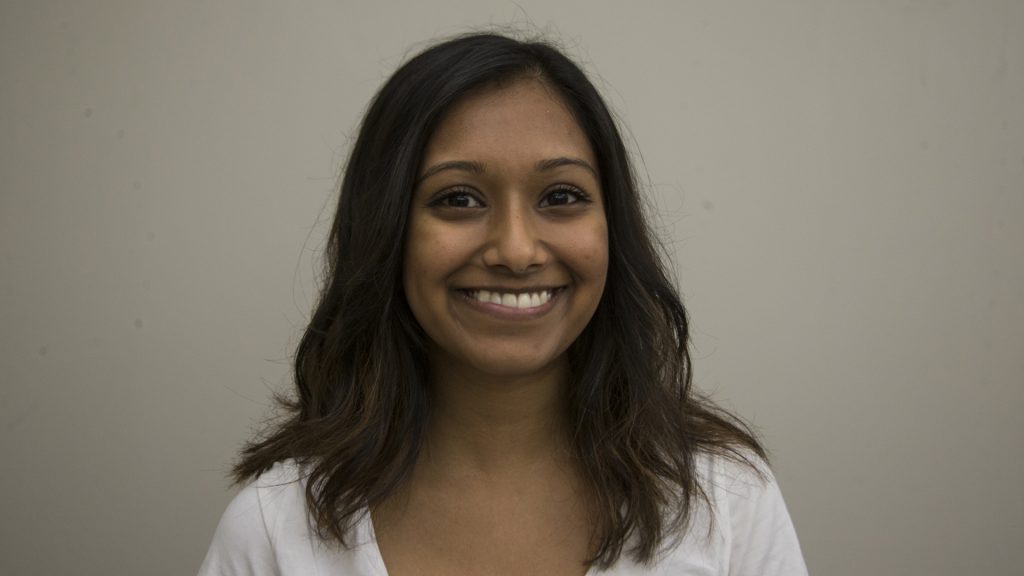Kumar: Mental-health-awareness efforts are not reaching communities of color
While the push for normalizing mental health is prevailing for the most part, communities of color still have a long way to go.
October 4, 2018
The conversations surrounding mental health have come a long way in these past few years, but there are still blind spots when it comes to communities of color. Often culturally, mental health is taboo to talk about.
The stigma around mental health is reinforced from a young age, and in some cases, the topic is treated as if it doesn’t exist. The country as a whole has made a big push to normalize the topic and encourage discussion, but that hasn’t affected communities of color because of how deeply ingrained the stigma is in the individual cultures.
The University of Iowa University Counseling Service saw 2,627 students from June 2017 to June 2018; 69 percent (1,812) of them were white, and 27.4 percent (719) were Asian/Asian-American, Hispanic/Latinx, African-American/black, or multiracial. Although, when you compare the percentage of white students to multiracial students, it seems as if multiracial students are using the service more. However, this doesn’t speak to the stigma that nonetheless still exists in communities of color.
Kelly Clougher, the Counseling Service assistant director of outreach, acknowledges that “therapy is a Westernized concept that can be biased toward individualistic beliefs that are incongruent in communities of color that tend to use collectivistic perspectives. Thus, this incongruence can be a barrier to help-seeking at a college counseling center.”
RELATED: University Counseling Services offers new programs for students
Counseling Service staff of color make sure to be involved with their respective communities so students are aware that they are present if needed and that they will be supported.
Being Indian, my personal experience with the topic of mental health has been that it doesn’t exist. Conversations about sadness, stress, or substance abuse are taboo, and only certain emotions can be expressed. Not talking about how I was feeling seemed normal to me, until a string of suicides at my high school began a conversation about mental health in my hometown.
Finances aren’t the biggest issue in the Indian community but rather the sense that it would bring dishonor or shame to the family. However, because of the way relationships are structured in my community, there is a guilt that’s been ingrained into a lot of us from a young age. We don’t want parents or friends to feel as if they are responsible for our emotions.
RELATED: Newby: Suicide prevention comes from regular people
The theme of shame, dishonor, and general lack of information seems to carry to other communities as well. Many Asians feel immense amounts of pressure to fit the “model minority” stereotype on top of that, too. For Hispanic/Latinx and African-American/black communities, it’s the fear of further discrimination that acts as a deterrent as well. It can be hard to generalize with the Native American/Alaskan Native group because of the mass reculturization and tribal differences.
Nevertheless, much of the blame can be placed on the inadequate health care provided by the government and the trauma, disruption, and poverty caused over time by them as well. Culturally, communities of color place more emphasis on family and group relationships, this significantly alters their approach to mental health compared with Western approaches.
For any significant change to occur, at least on our campus, Clougher believes student leaders in their respective communities need to start a dialogue. Sharing personal narratives can be scary, but just creating a space to address mental health affecting communities of color is a step in the right direction.
On a larger scale, we need to learn how to relate to different cultures rather than adapt Western-style techniques. This begins with being curious and learning what makes people comfortable based on their cultural backgrounds.






